Ancestors in the City? Find Them (and More!) in City Directories
City directories were created for salesmen, merchants, and others interested in contacting residents of an area. They’re especially helpful for genealogical research in large cities, where a high percentage of the people were renters, new arrivals, or temporary residents. A directory may be the only source to list an ancestor if he or she was not registered to vote and did not own property. These publications are a gold mine for genealogists. They can tell you much more than simply where a family or an individual lived. Depending on the directory, and whether you follow a string of directories chronologically, you could find: The earliest known “city directory” was printed in New York in 1665. It included 255 names of households, mostly Dutch, and was arranged by the name of the street on which they lived. You can see it in the digitized book The Memorial History of the City...


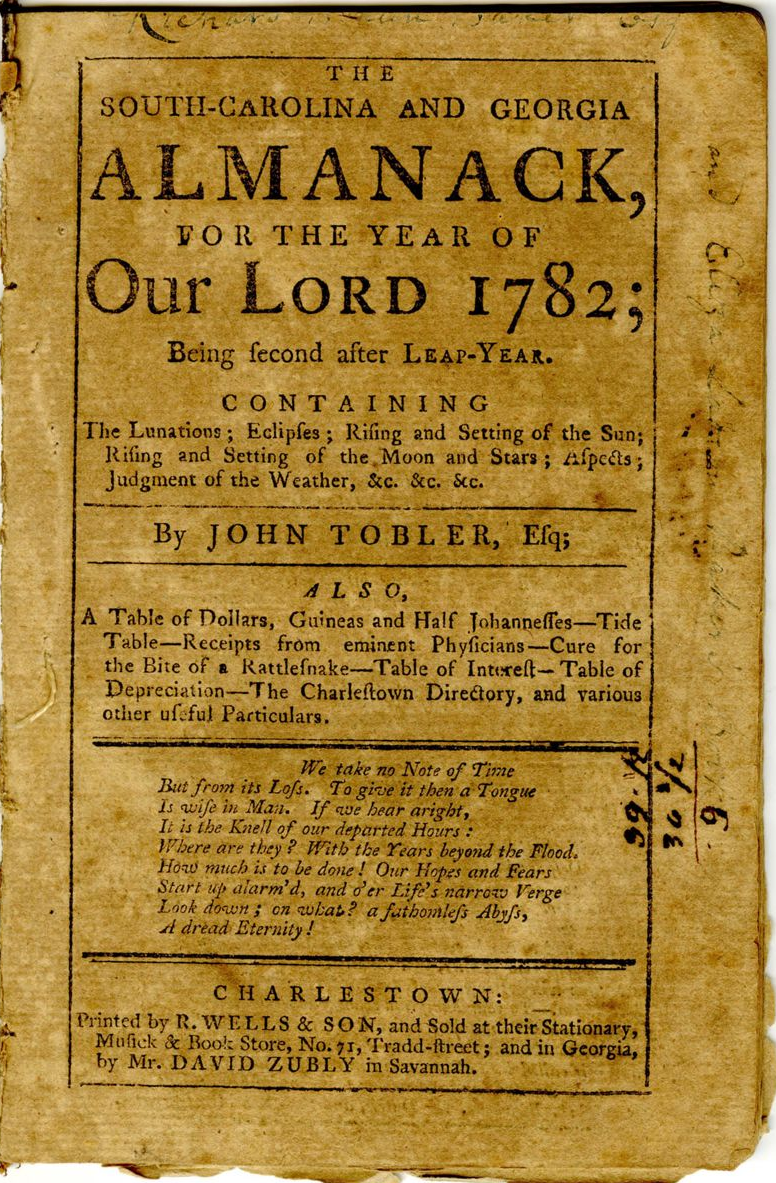
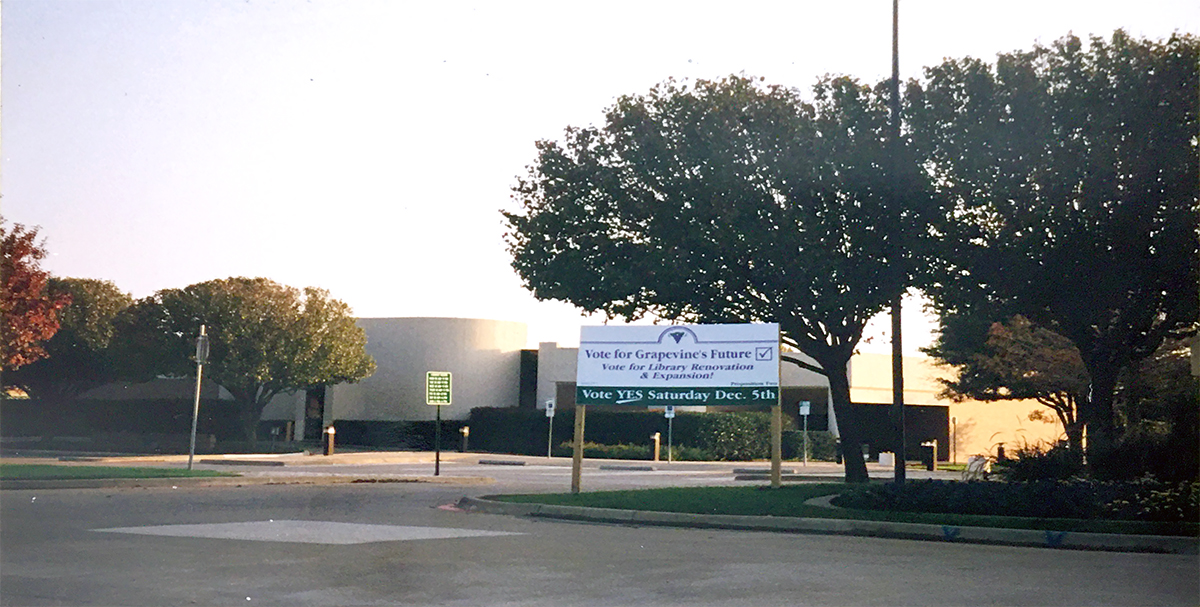
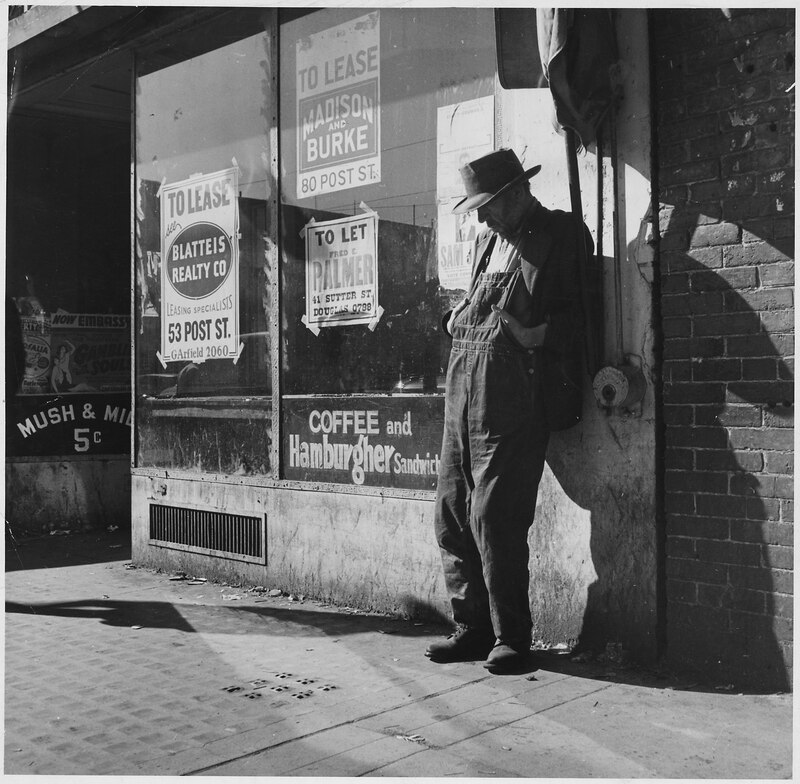


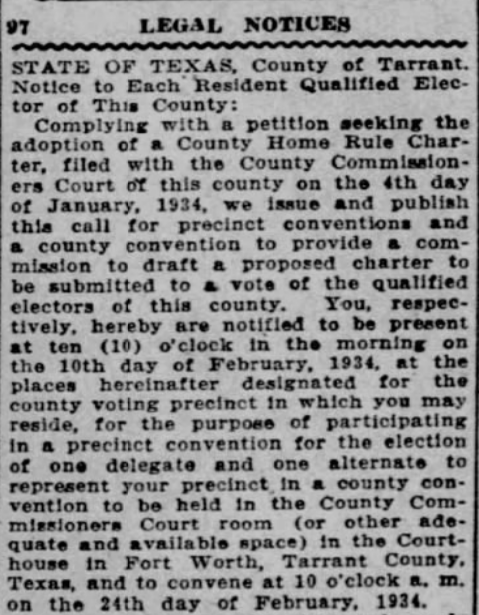
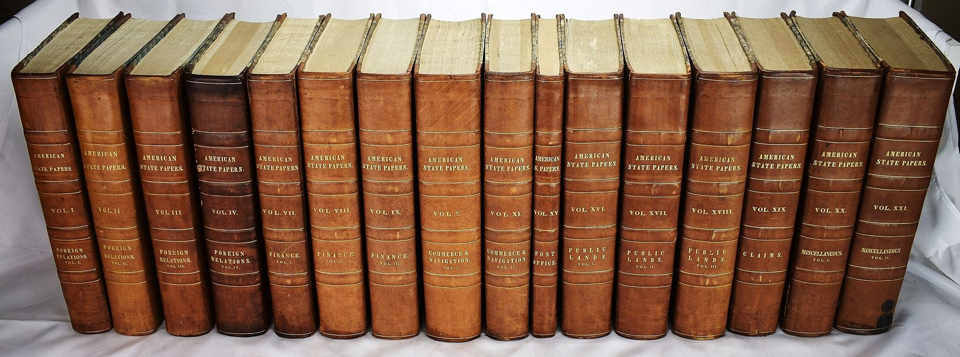
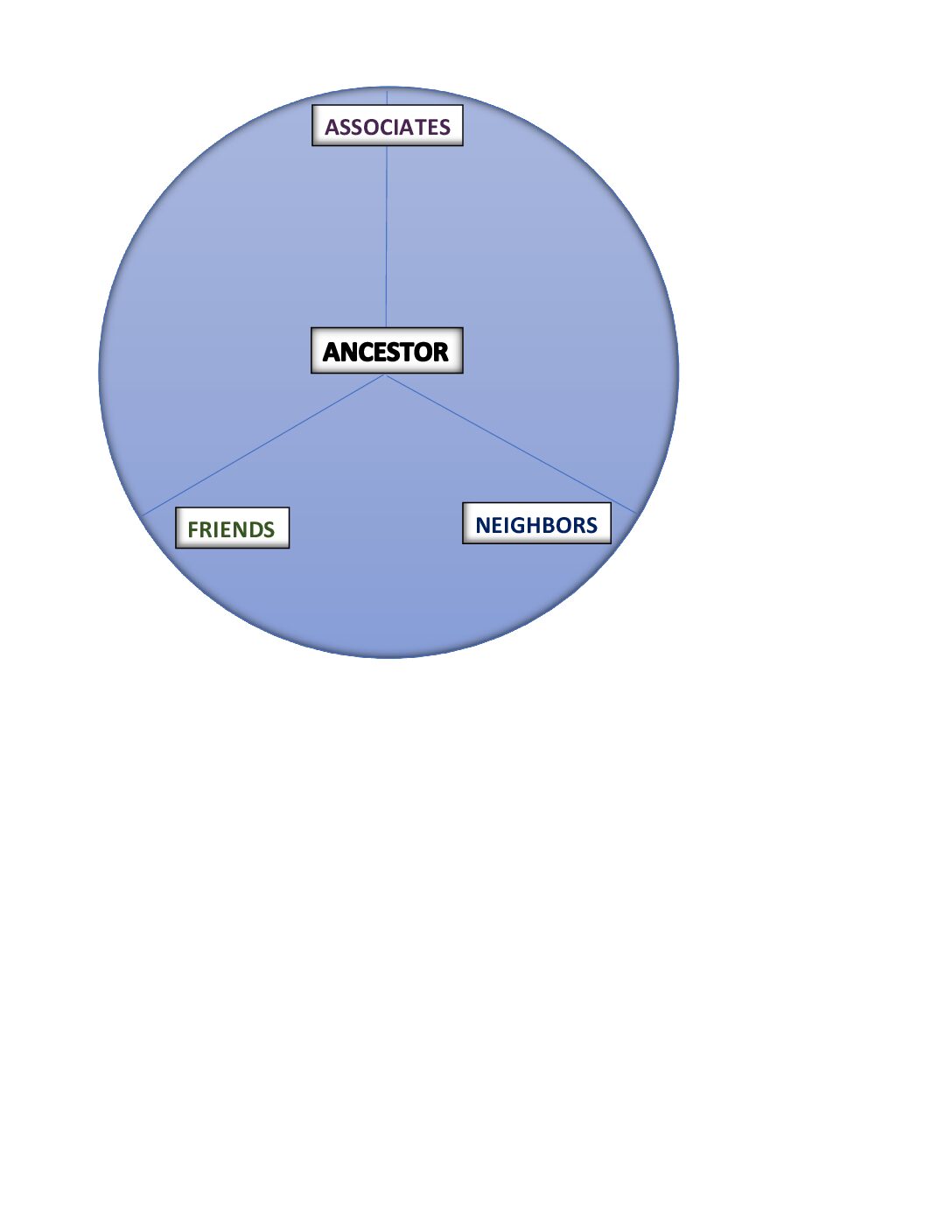
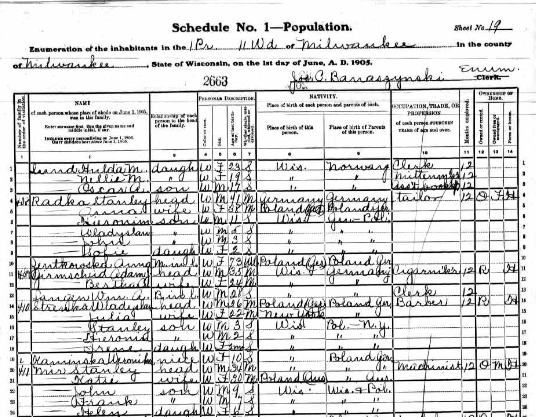
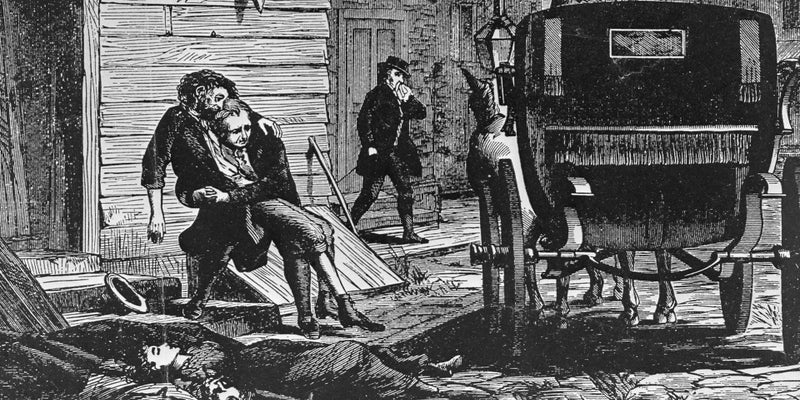
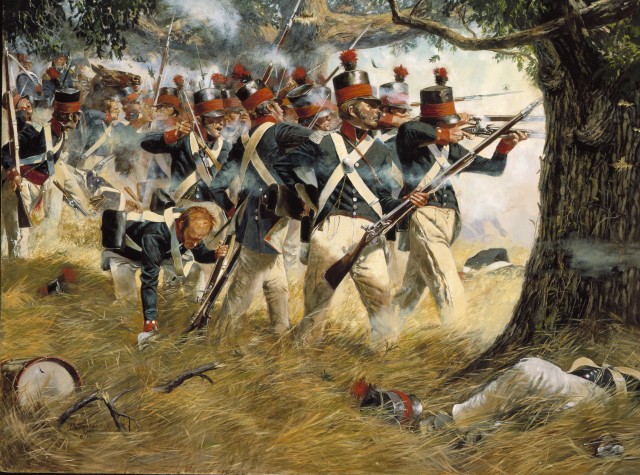
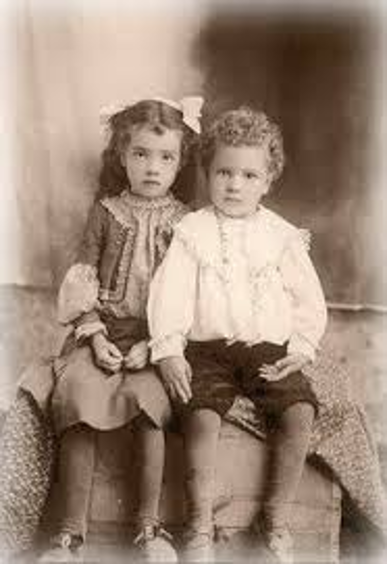
Recent Comments